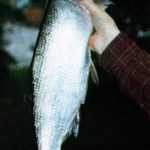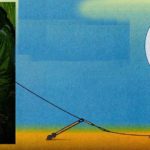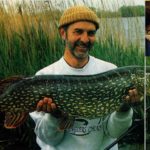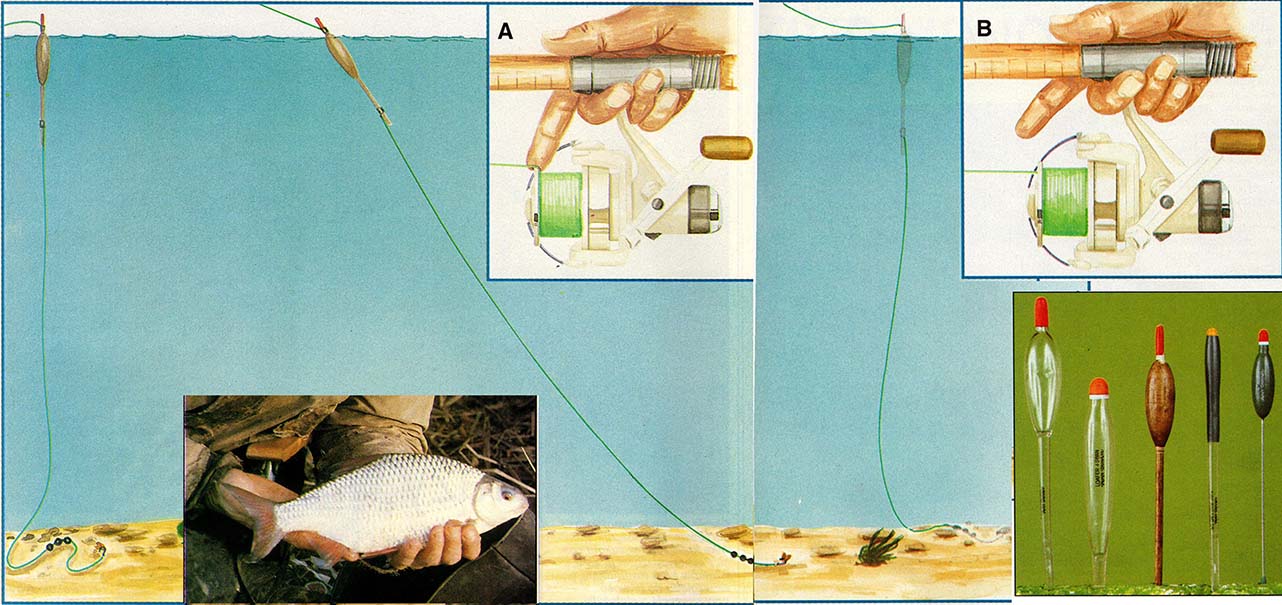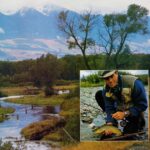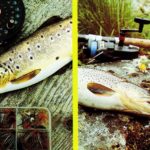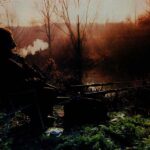Łowienie na spinning nie polega na zaliczaniu kilometrów i nie jest to sposób na osiągnięcie sukcesu. Powinniśmy się raczej skoncentrować na kilku dobrych miejscach. Ale jak je znaleźć w rzece i jaką zastosować taktykę?
Dla wielu z Was bardzo zaskakujące będzie stwierdzenie, że dla wędkarstwa spinningowego największe niebezpieczeństwo stanowi rutyna. Przez wiele lat łowiłem w „mojej” rzece ciągle tak samo. Przynęta, miejsca i stosowana technika przez cały czas byty takie same. Początkowo odnosiłem sukcesy. Później, w miarę upływu czasu, było coraz gorzej. Trzeba było zatem wprowadzić jakąś innowację. Ale jaką? Postanowiłem definitywnie zerwać z „robieniem” kilometrów nad rzeką. Zamiast tego zapragnąłem skoncentrować się na kilku trudnych, choć bardzo obiecujących miejscach (jazy, tamy i „klatki” na rzece).
Przyjąłem sobie założenie spinningowania „z głową”, co – według moich oczekiwań – miało niebawem przynieść niezłe rezultaty. Dziś mogę stwierdzić, że w dużej mierze udało mi się osiągnąć wytyczony cel.
Na początku należy znaleźć w rzece dobre miejsca. Mam tu na myśli zakola, uskoki brzegu, głazy leżące pod wodą, pale po mostach itd. Drapieżniki trzymają się tu prawie zawsze, wykorzystując słabszy prąd wody. Stanowiska największych ryb znajdują się najczęściej dokładnie przy samych przeszkodach wodnych. Teraz wskazany byłby celny rzut. Zanim go jednak wykonam, pilnie obserwuję wybrane miejsce. Gdzie znajduje się najbardziej spokojny „zakątek” wody? W jaki sposób powinienem go obrzucać, uwzględniając prąd i głębokość (rysunek)?
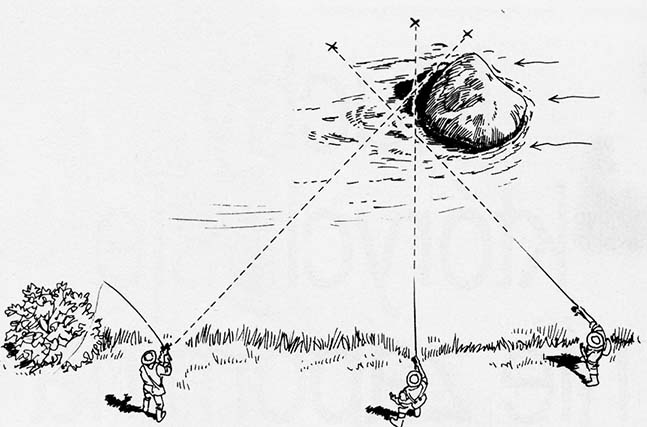 W ten sposób należy obrzucać głaz leżący w wodzie. Linie nie oznaczają kierunku rzutów, lecz optymalną drogę prowadzenia przynęty.
W ten sposób należy obrzucać głaz leżący w wodzie. Linie nie oznaczają kierunku rzutów, lecz optymalną drogę prowadzenia przynęty.
Przed rzutem zastanówmy się
Wybór odpowiedniej sztucznej przynęty jest przy tym bardzo istotny. Wirówką, na przykład, trzeba wykonać kilka obrotów korbką, zanim rzeczywiście zacznie pracować. Istnieje więc niebezpieczeństwo, że przejdzie ona przez atrakcyjny odcinek wody w sposób mało prowokujący drapieżnika. Może wybór szybko tonącego i natychmiast pracującego twistera byłby tu odpowiedniejszy?
Regułą jest, że ryba atakuje przynętę podczas pierwszego jej przeprowadzania (znacznie rzadziej już za drugim razem). Następne rzuty mogą doprowadzić nawet do spłoszenia ostrożnego pstrąga lub klenia. Chyba że zmieni się przynętę.
Inaczej jest podczas łowienia szczupaków i boleni. Kilkakrotne podanie w agresywny sposób tej samej wirówki, woblera lub błystki może skłonić je do ataku. Latem łowię chętnie poniżej jazów (w Polsce obowiązuje zakaz wędkowania – 200 m przed i za zaporami wodnymi, jazami, śluzami itp.). Delikatny narybek szuka tu podczas upałów nieco chłodniejszej i bogatszej w tlen wody. Drapieżniki mają więc pokarmu w bród. Podmycia murów przy jazach są idealnym łowiskiem. Właściwie nie pozostaje nam nic innego, jak tylko sprawdzić tę szybko płynącą wodę.
Nie oznacza to jednak, że możemy zrobić to obojętnie w jaki sposób. Rzuty z prądem nie mają sensu z tego względu, że płynąca woda napiera na żyłkę i przynęta wychodzi pod powierzchnię. Poza tym wolne prowadzenie pod prąd pozwala rybom na dobre przyjrzenie się sztucznej przynęcie. Spinningować powinno się tylko z prądem wody. Jeżeli ciek jest odpowiednio duży, to zaczynamy rzucać około 10 m poniżej spiętrzenia. Obserwujcie też wodę bardzo dokładnie. Odkryjecie wtedy wszystkie zróżnicowania w nurcie rzeki: tam odznacza się na powierzchni wir spowodowany dużym kamieniem leżącym na dnie. dalej tworzy się prąd wsteczny, tu z kolei do rzeki wpada bardzo mały dopływ itd.

